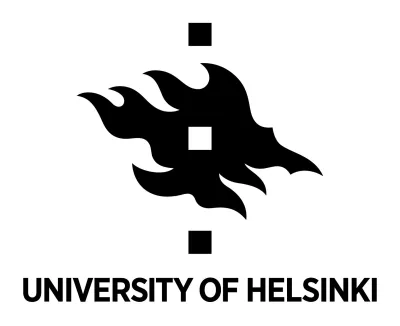Finland

Jason Waite
Jason Waite is a curator, writer, and researcher. He is part of the collective Don’t Follow the Wind curating an ongoing project inside the uninhabited Fukushima exclusion zone and co-editor of the book Don’t Follow the Wind (2021) published by Sternberg Press. Waite was curator at Casco Art Institute in Utrecht and holds a PhD in Contemporary Art History and Theory from the University of Oxford, an MA in Art and Politics from Goldsmiths, London. Presently, he is the editor of Art Review Oxford and an affiliated fellow at the Panel on Planetary Thinking at Justus Liebig University.
What can humans and more-than-human creatures learn from one another after durational, large-scale environmental disaster, and what types of interspecies infrastructures can be developed to sustainable post-disaster coexistence? The nuclear meltdowns at the Fukushima Daiichi Nuclear Power Station in Japan that occurred after the earthquake and tsunami on March 11, 2011, have sparked a long-term international crisis that is at once environmental, social, and political. The radioactive fallout created the Fukushima exclusion zone spanning an area larger than the city of Tampere (a city in Finland with c. 260 000 inhabitants) and has been closed to the public since 2011, displacing tens of thousands of human residents. Remarkably, amidst this uninhabitable zone, a flourishing community of wild boars, martens, macaques, and various other species have not only survived but, in some cases, thrived in this toxic environment. Jason Waite’s project explores the hidden lives of this new species through an interdisciplinary analysis of new video footage from cameras that he installed in the zone. These never-before-seen images offer a glimpse to uncover how more-than-humans have adapted to their radioactive environment. Unlike Chernobyl where the human community has been permanently evacuated, humans will be moving back to the Fukushima zone in the near future so what interspecies structures can facilitate co-existence.
Contemporary art; disaster recovery; prefigurative structures
